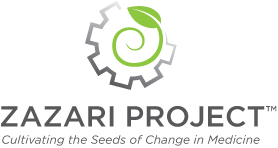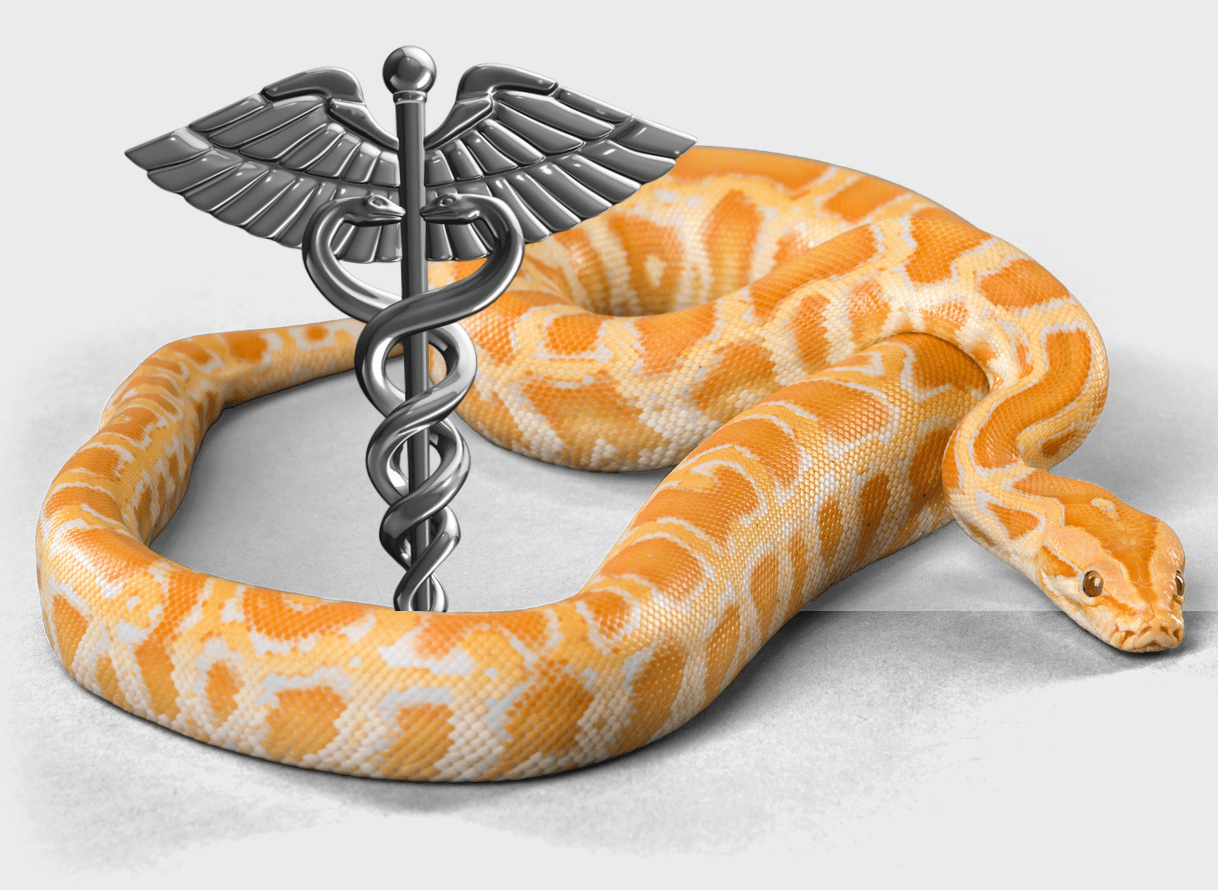Today’s Perspective
When a patient comes to me with a health complaint, I listen. When it’s my turn to impart advice on what to do about the patient’s problem, what are the tools in my proverbial doctor’s bag? When it comes to chronic diseases like heart disease, diabetes and chronic lung disease, every single tool I have facilitates one thing: kicking the can down the road. It’s the only option when none are curable. Here’s what’s in my bag: lifelong medications, advice on lifestyle changes often involving diet, exercise and quitting whatever addictive behavior they have, blood tests, imaging studies, procedures and referrals to specialists. A specialist has a more specialized bag of tools to kick the can down the road. In this can-kicking process, sometimes patients feel better and sometimes death and disability is reduced. But in many cases, individuals receive little, if any, benefit. That’s not from a lack of caring, but from lack of accurate knowledge needed to produce interventions that actually heal.
To the patient, every time the can is kicked, it can create a care coordination nightmare. Just getting a prescription filled or referral in place involves many organizations connected by very imperfect and often expensive and lengthy processes. While these processes often consume public concerns regarding healthcare delivery challenges, what has really happened is that we’ve lost sight of the problem.
The real problem isn’t the systems that deliver care, but that we don’t understand what chronic disease is, and much less what to do about it. Given that more adults have a chronic disease than don’t in the U.S., it’s safe to say that healthcare fails in its primary purpose or maintaining and restoring lasting wellness for most adults. Despite this, many argue that everyone deserves access to care made available through current systems. This creates a slew of challenges and timeless arguments around allocating scarce resources equitably. My question is, why does everyone want access to systems that cannot heal? It’s time to create a new system that does heal and give everyone access to that one.
Thinking about a new system begins with understanding disease, especially chronic disease. Even before that, a new system starts with recognizing that we don’t understand disease today. Opinions do not constitute reality. How can we possibly heal disease when we don’t understand it? We can’t. That’s the point.
Today’s notion of healing exists on a continuum. At one end is palliation, which includes efforts to alleviate symptoms to help a person feel better but does nothing to reverse the disease process itself. Sometimes palliation is all the body needs until it heals itself, like taking an anti-nausea medicine and an oral rehydration solution while recovering from a stomach virus. Sometimes palliation means controlling symptoms as the person dies of a what is recognized today as a terminal disease. Current healthcare systems are quite good at providing palliative options to improve both the quality of life and the dying process where appropriate.
At the other end of the continuum is cures where interventions remove the disease process completely and restore wellness. This is possible with many infections and nutritional deficiencies. The example of the body healing itself is an internally driven curative system, at least from our 19th century perspective of healing. While current systems have an impressive ability to save life, limb and eyesight in emergency situations, its ability to impart real and curative healing from most chronic diseases is almost nonexistent.
Any treatment that falls between the two ends of the continuum variably improve symptoms and/or slow down the disease process without getting rid of it entirely. This is not my idea of healing. My idea of healing is reversing, resolving or curing most or all disease processes. Therefore, in my view, a society in which more adults have chronic disease than don’t indicates that existing healthcare systems cannot heal. Anything shy of that is kicking the can down the road. This isn’t just a U.S. problem, but a global one emanating from a fundamental lack the knowledge of how to reverse, resolve or cure the chronic diseases that afflict us today.
A potentially bigger problem is many believe we understand chronic disease which obviates the need to think differently. Why waste time thinking differently when we already know something? Common “risk factors” like smoking, unhealthy diet, physical inactivity, stress and alcohol intake often are viewed as the main causes of many chronic diseases. They somehow give rise to other risk factors like high blood pressure, abnormal cholesterol readings, and high blood sugars. All these somehow work together with individual genetic predispositions to give rise to diseases like heart disease, strokes, obesity and kidney failure which are also risk factors for each other. It’s total chaos. This is not a strategy that puts data into a theory-driven, cohesive picture of understanding, but a process of tossing data into intellectual junk drawers floating around in a theoretical vacuum. The fractured systems that exist today are a bricks-and-mortar manifestation of our fractured understanding of disease that underlies it.
In summary, failure to understand disease led to the development of fractured systems that cannot reliably heal disease, followed by the perception that patients bring disease upon themselves through their lifestyle choices. The belief that disease is a person’s choice when no one knows what disease is in first place is not science, but a paradigmatically-accepted system of judgements based on mythical disease beliefs.
Tomorrow’ Perspective
“Can you believe they used to put people on medications for years at a time? It’s amazing anyone survived.”

